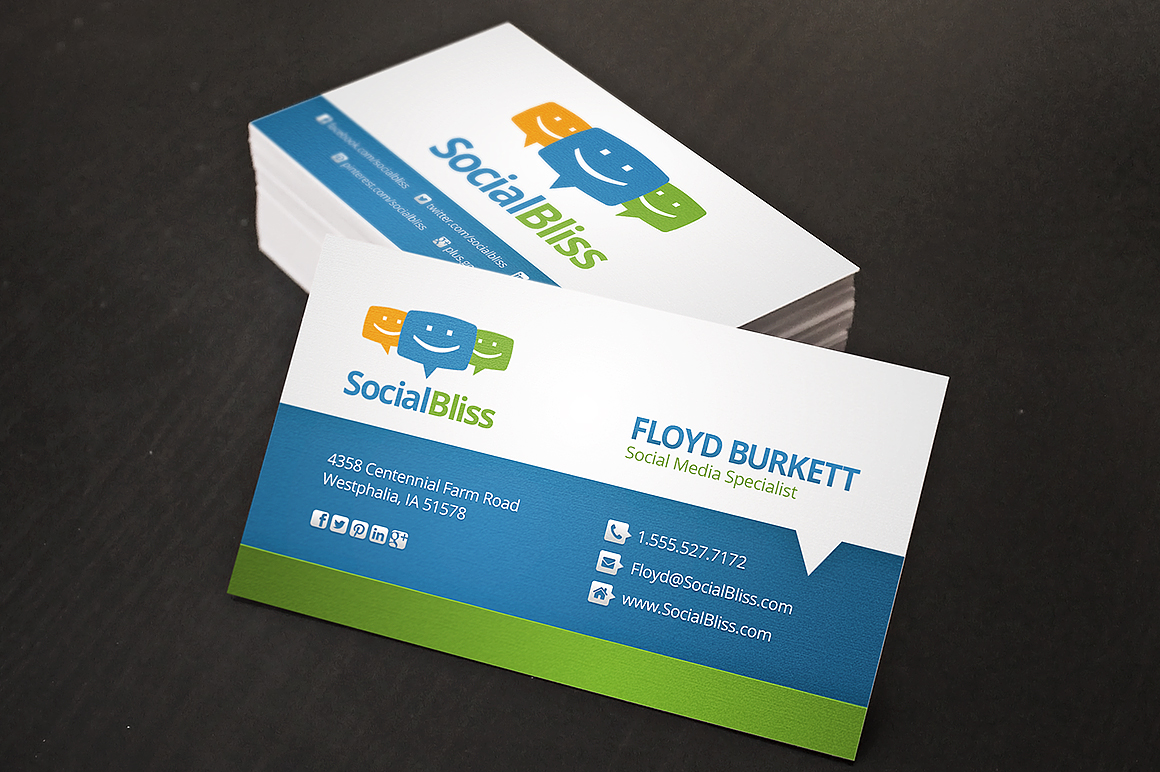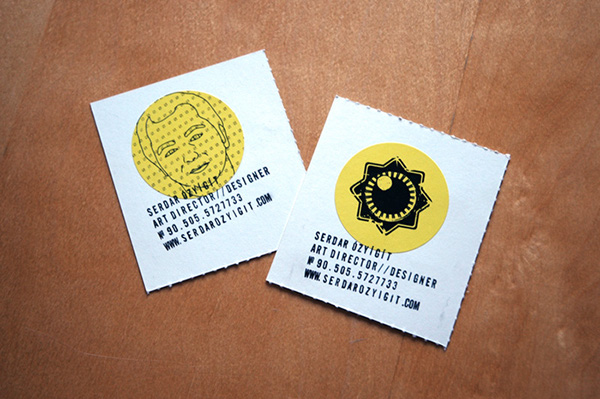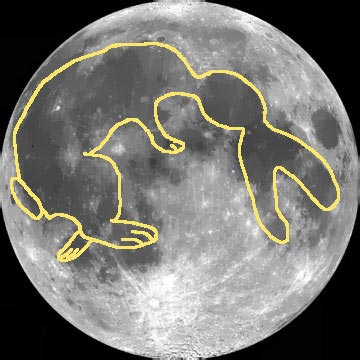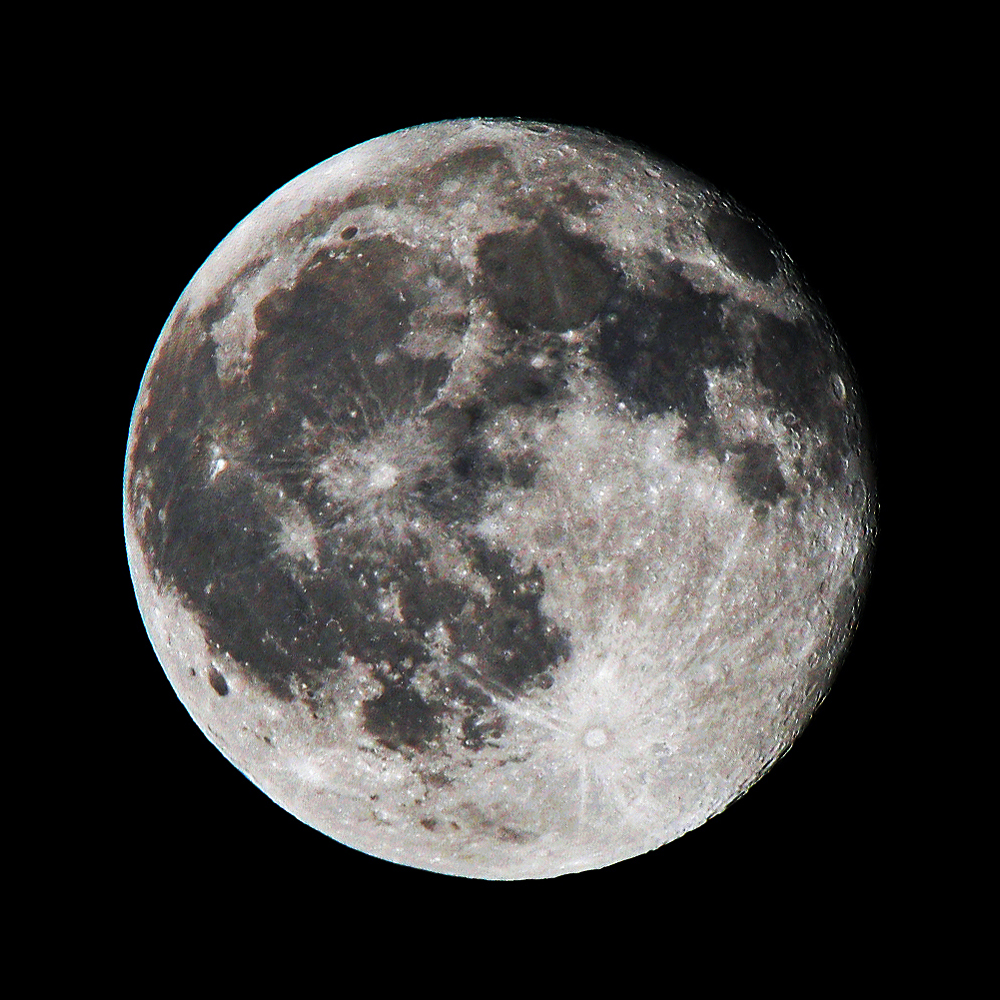The blue tit is a very colourful bird, with splashes of yellow, green and blue making up its feathers making it a very desirable animal to feature in my zine.
I thought about using this particular bird after producing research on the creature earlier, and I worked on three illustrations of the animal while I was researching it.
I was initially happier with the latter illustrations, and I imported it into photoshop, and tweaked the eye on the third image, as it looked unnaturally centred on the head.
I enhanced the colour in order to make the image more vivid, and stand out. Enhancing the colour also compensated for the scanner washing some of the tone out.
At this point, I wasn't happy with the way in which the bird was presented, as even though I attempted to correct the eye, other parts of the visual anatomy appeared wrong.
At this point, I though about using the first two illustrations featured above, in a tandem design.
I imported them into photoshop, and positioned in a way that would allow each image to compliment each other.
Once the images were applied, I tweaked the colour tones of the top, and bottom illustration, in order to make them stand out against the background better.
At this point, I was happy with the design of the page so far, and so I looked toward providing a connection between the illustration and the folklore behind the animal.
I began my research into this part by running a quick search for Blue Tit folklore.
I was very surprised to see that there actually wasn't much interesting folklore surrounding the blue tit, and I was very disappointed with this void.
Due to the lack of interesting folklore in my opinion, I decided to focus on the traits of the Blue Tit, in a similar way to how I decided to do this with other animals.
When I see/think of the Blue Tit, I think of the following points.
I coined the below term, because the Blue Tit lives in all areas of the UK, including urban areas such as towns and cities for example, not just the countryside.
The term Parrot reflects upon the Blue Tit's bright, and vivid colours, making it almost Parrot like in terms of appearance.
After I hand painted the typography, I positioned it on the page in a way that would compliment the illustrations, and also allow for legibility.
After this I enhanced the blue tone to compensate for the washing out effect that the laser scanner gives images.
With the typography applied, I felt that the 18th page of the zine was now completed.
Thomas.
 |
| http://upload.wikimedia.org/wikipedia/commons/d/d6/Blue_Tit_on_a_washing_line_-_geograph.org.uk_-_1714041.jpg < image reference at this link. |
 |
| The image in photoshop, with the tweaked eye. |
At this point, I wasn't happy with the way in which the bird was presented, as even though I attempted to correct the eye, other parts of the visual anatomy appeared wrong.
At this point, I though about using the first two illustrations featured above, in a tandem design.
I imported them into photoshop, and positioned in a way that would allow each image to compliment each other.
Once the images were applied, I tweaked the colour tones of the top, and bottom illustration, in order to make them stand out against the background better.
At this point, I was happy with the design of the page so far, and so I looked toward providing a connection between the illustration and the folklore behind the animal.
I began my research into this part by running a quick search for Blue Tit folklore.
 |
| image reference at this link. > www.google.com |
Due to the lack of interesting folklore in my opinion, I decided to focus on the traits of the Blue Tit, in a similar way to how I decided to do this with other animals.
When I see/think of the Blue Tit, I think of the following points.
- Small
- Colourful/bright
- Smart
- Loves to sing
- They kind of look like a small, less colourful parrot in my opinion.
- They are quite common.
- They thrive in many different environments/settings.
I coined the below term, because the Blue Tit lives in all areas of the UK, including urban areas such as towns and cities for example, not just the countryside.
The term Parrot reflects upon the Blue Tit's bright, and vivid colours, making it almost Parrot like in terms of appearance.
 |
After this I enhanced the blue tone to compensate for the washing out effect that the laser scanner gives images.
With the typography applied, I felt that the 18th page of the zine was now completed.
Thomas.
















































